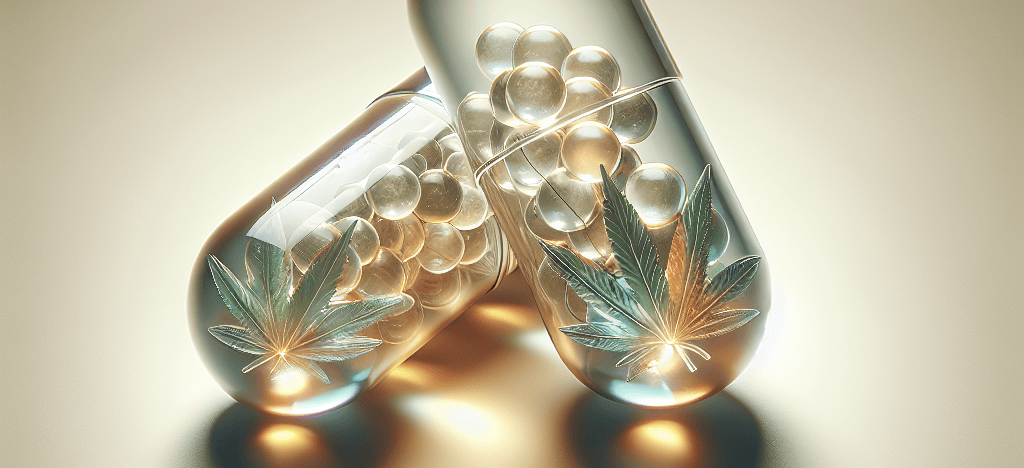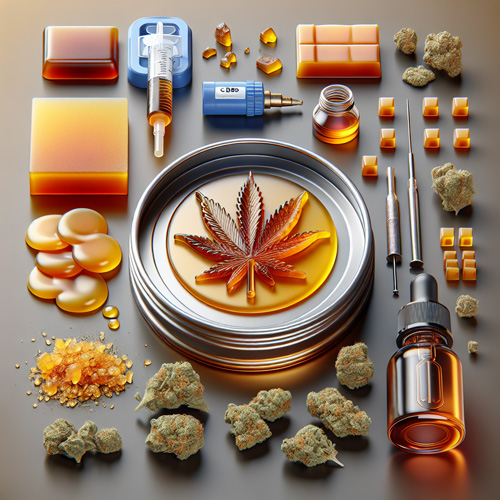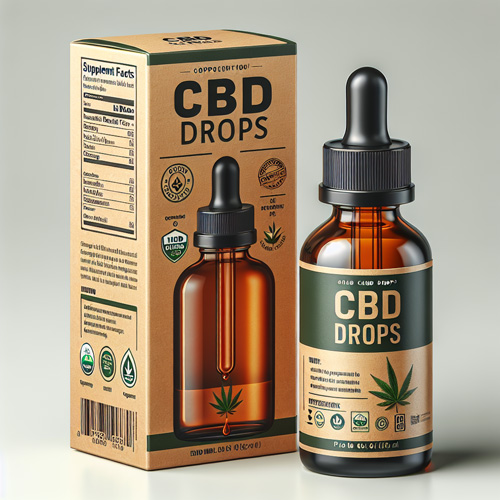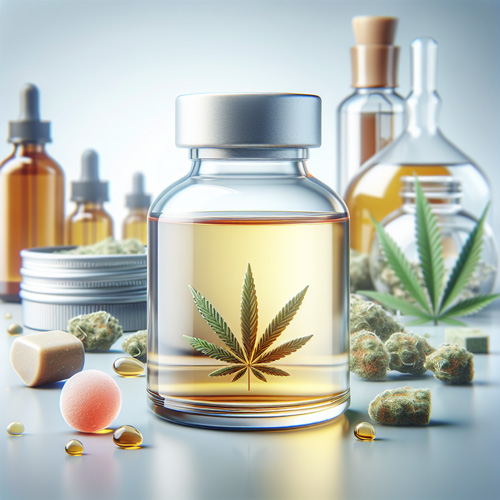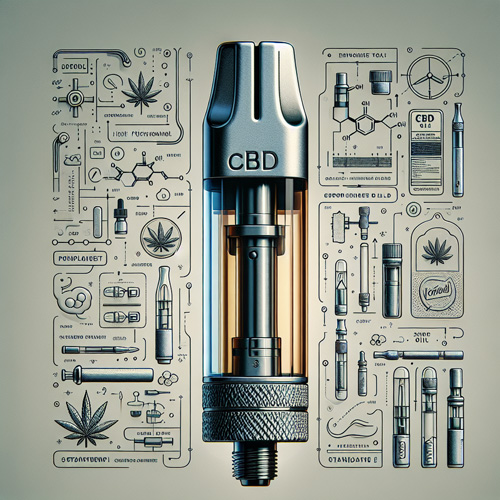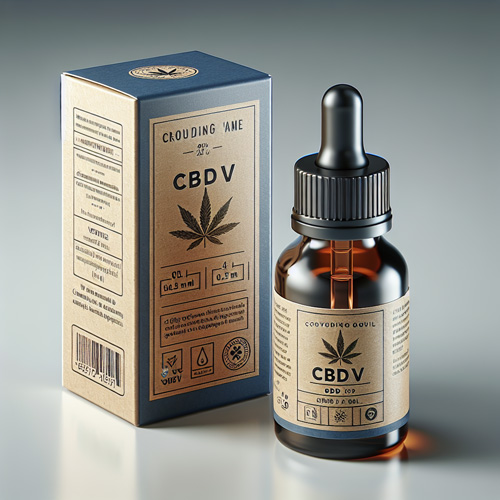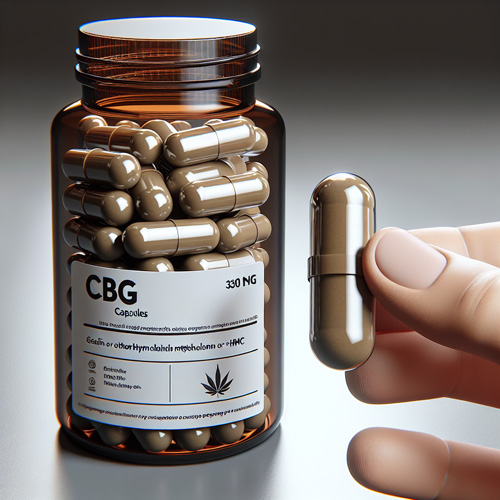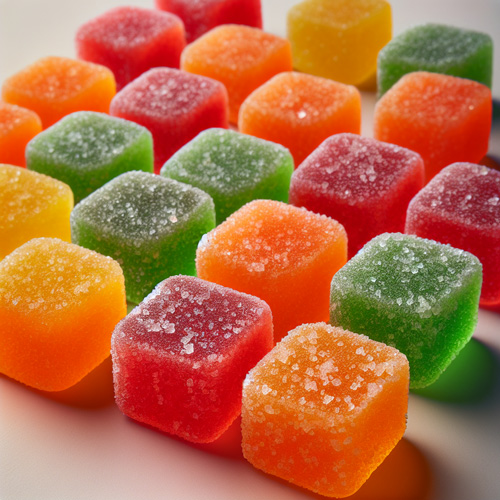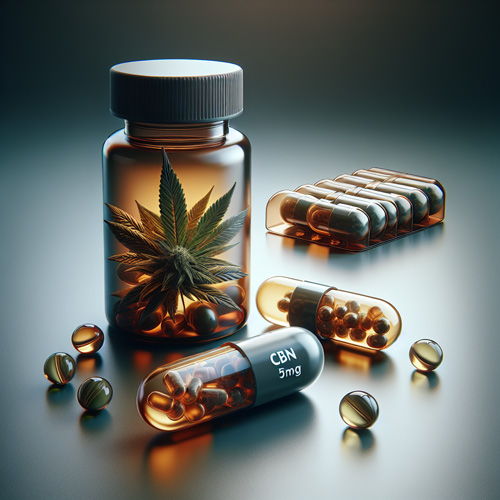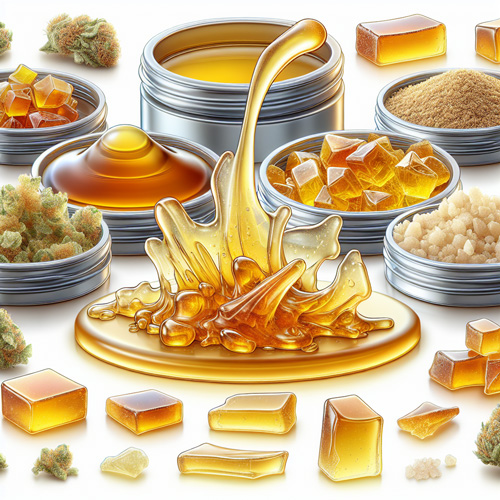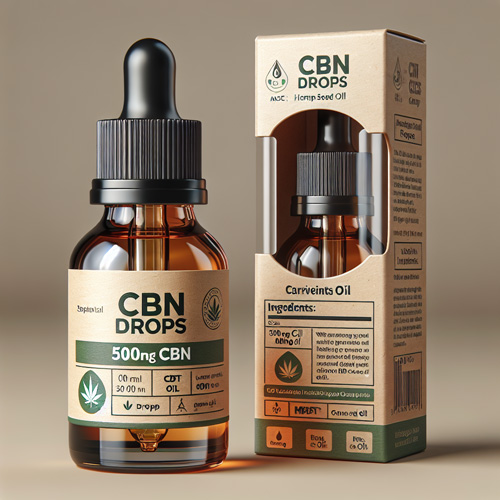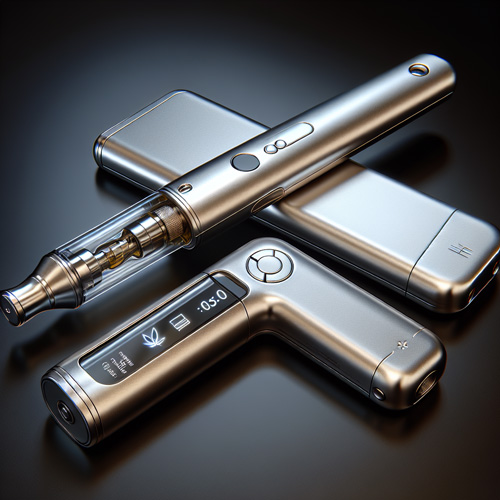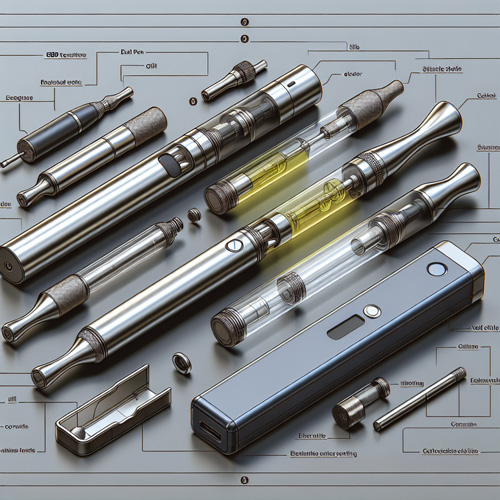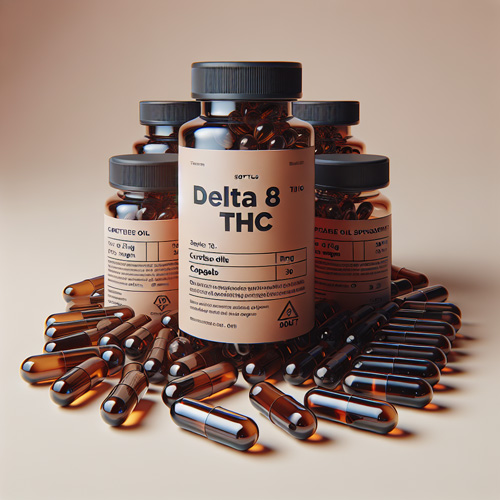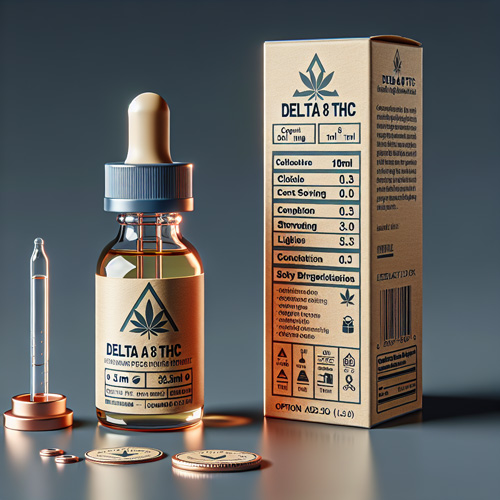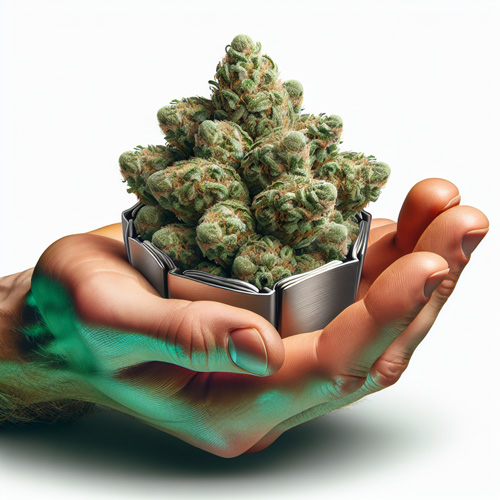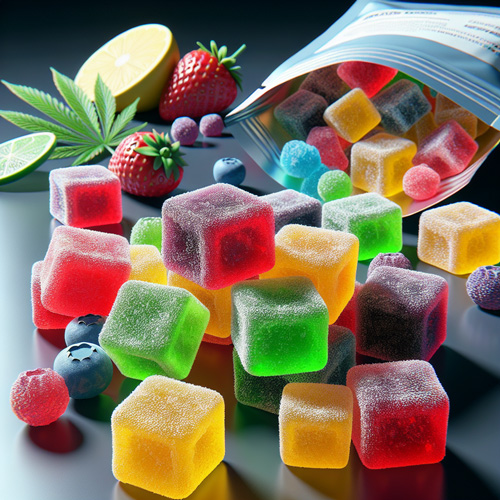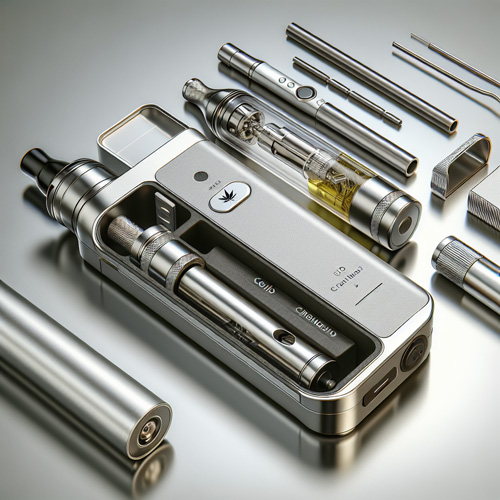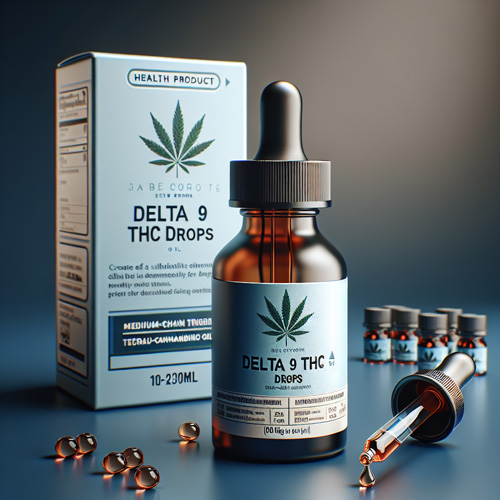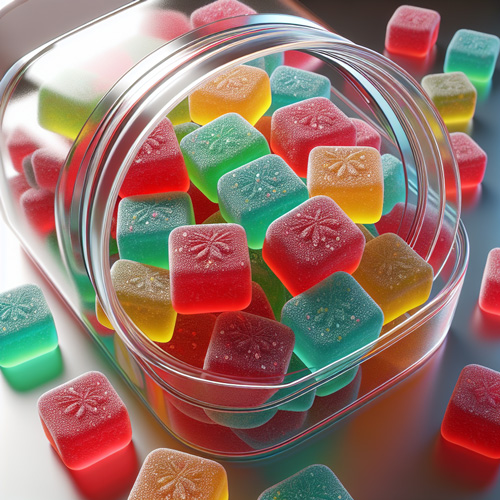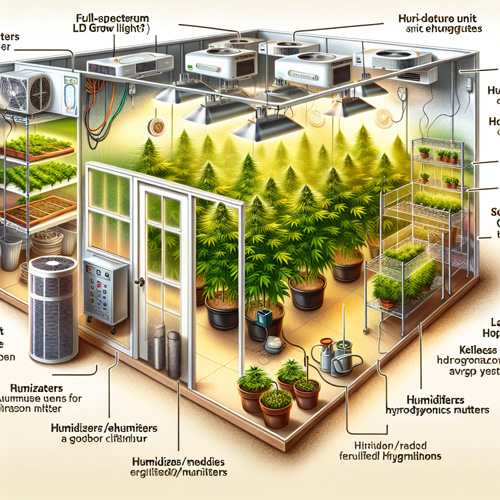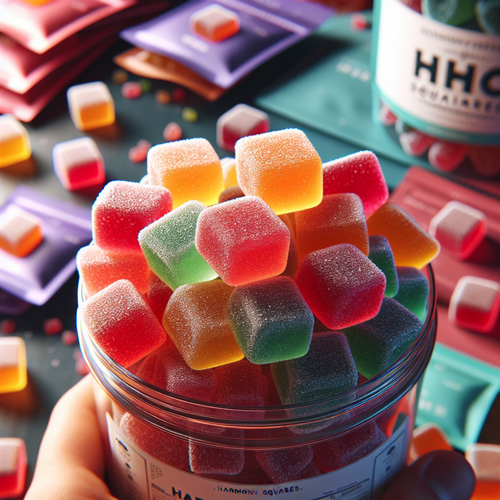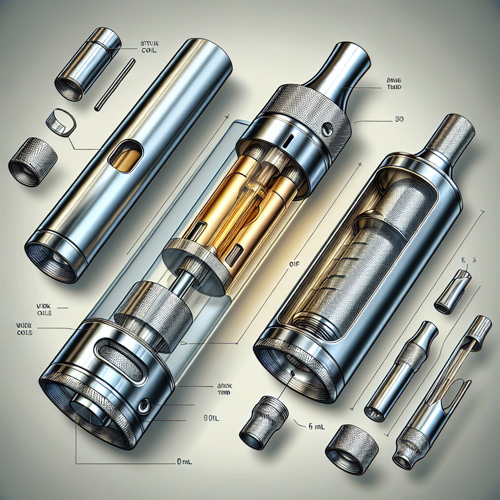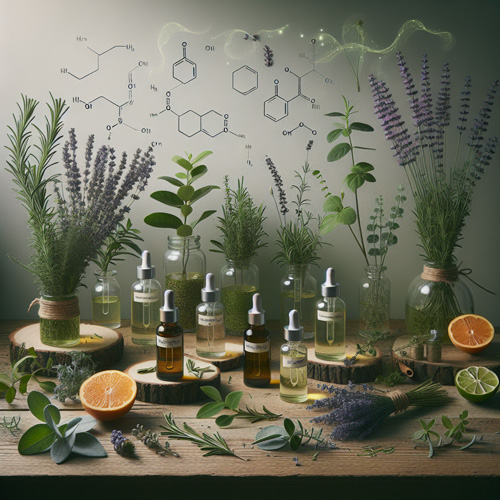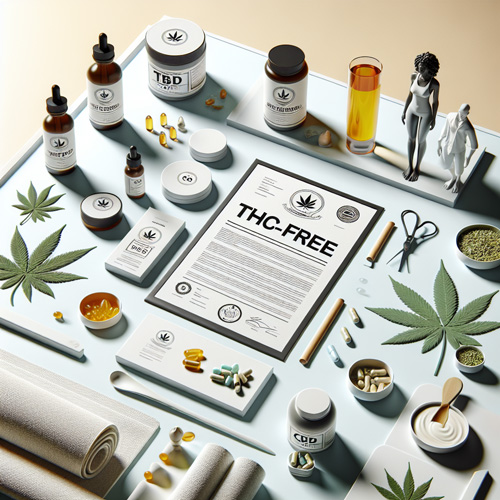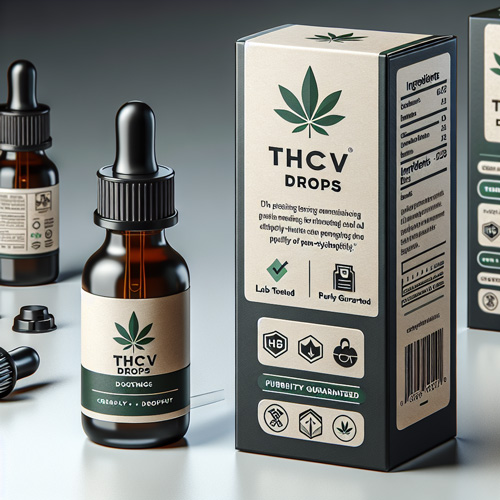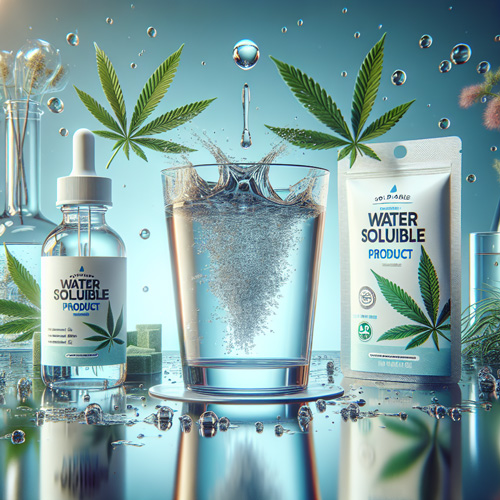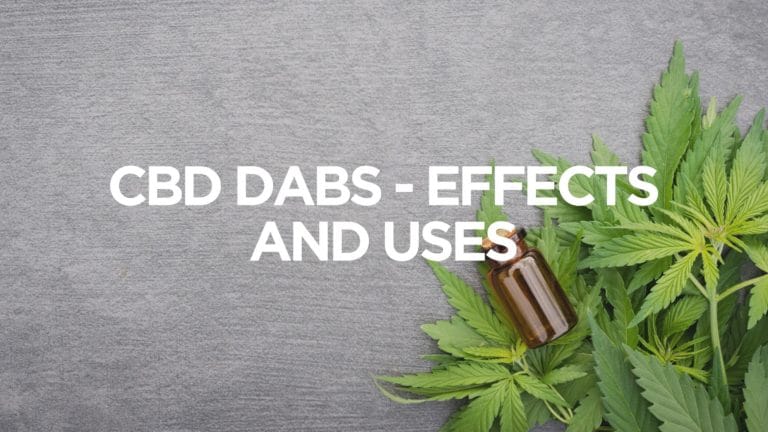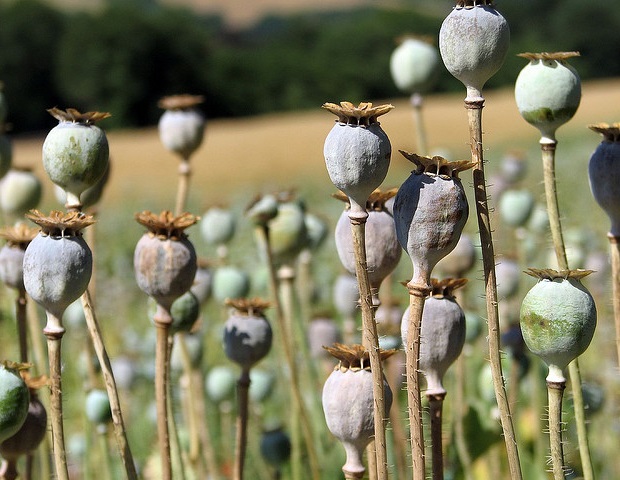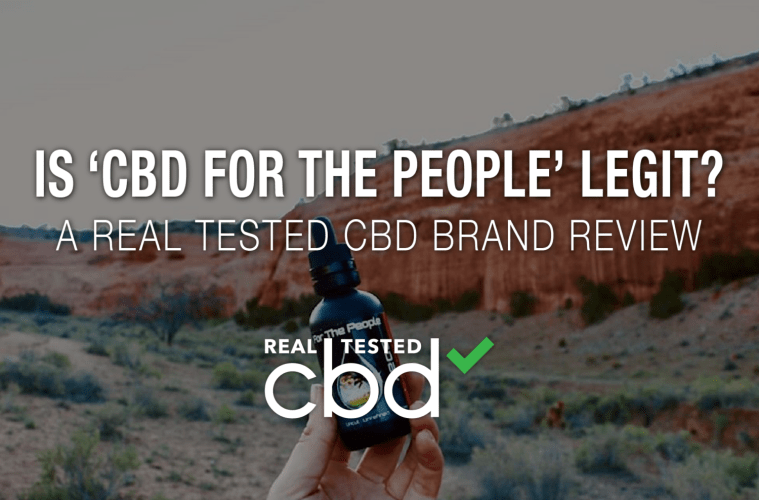Is CBD Different from Marijuana? Understanding CBD vs THC
You've heard of CBD, but is it the same thing as marijuana? Check out this guide to learn more about CBD vs THC.
CBD is rapidly growing in popularity. In fact the CBD industry is expected to climb to $22 billion by 2022.
But there’s still lots of confusion surrounding CBD. Despite its popularity, many still have common questions, like “Is CBD marijuana?” or “What’s the difference between CBD and THC?”
We’re here to clear the air around CBD vs THC. Here is a CBD guide to understanding this in-demand compound.
Why Are People Turning to CBD?
Many people are picking up CBD to treat themselves to a healthy alternative to over the counter medications. Some studies show CBD could be a positive counter to problems like feeling uneasy and stress.
CBD is also catching on as a product of choice for more general problems, like daily pain and better sleep. And some studies suggest it could be an effective way to curb the United States opioid crisis.
Still, this new craze leaves much of the public confused. Many wonder: Is CBD weed? What is CBD?
Here’s a breakdown of CBD vs THC:
A Microscopic Look at CBD vs THC
CBD and THC are just two of many cannabinoids found in cannabis plants like marijuana and hemp.
CBD is fully known as cannabidiol, and THC is tetrahydrocannabinol. And the similarities in their names is no coincidence. They actually have the same chemical makeup.
But the way their molecules are arranged is slightly different. This means they react with a person’s body differently.
THC is a psychoactive compound. Simply put, that means it can make a person feel high. But CBD is a non-psychoactive, which means it does not produce this same effect.
Why?
This all has to do with the body’s cannabinoid receptors and how each compound interacts with them.
CBD vs THC: How They Interact with the Body
Both CBD and THC work in the body’s Endocannabinoid System, or ECS. This is a bunch of receptors that work with cannabinoids and body functions.
Two receptors that interact with these compounds are called CB1 and CB2. CB1 tends to live in the brain, while CB2 receptors are in the immune system and central nervous system.
These two receptors work with CBD or THC to kick on the reactions people feel in their bodies.
Both of the compounds, CBD and THC, connect with CB2. But they interact with CB1 in different ways.
THC bonds with CB1, and that causes a person to feel a high, psychoactive effect. But CBD doesn’t bond with the receptor, so it doesn’t create a high. In fact, CBD can actually cut off some of the connection between THC and CB1.
That means CBD doesn’t have THC’s psychoactive effect, and it could even reduce it.
CBD vs Marijuana: A Look at the Source
It’s a common question: Is CBD marijuana? The simple answer is, “Yes and No”.
Marijuana is a plant that contains both CBD and THC. But not all CBD comes from marijuana. That’s because marijuana is one variety of the plant species Cannabis sativa.
Another variety of this same Cannabis sativa species is hemp. Hemp also contains CBD. So, if CBD comes from hemp, it isn’t associated with marijuana at all.
In either case, CBD is a non-psychoactive compound that can be pulled out of each plant.
The Difference Between Hemp and Marijuana
Both plant varieties belong to the same family. But marijuana tends to be much higher in THC. It often can contain 10 percent CBD and more than 20 percent THC.
Hemp tends to contain almost no THC and closer to 20 percent CBD. Its THC levels are often below 0.3 percent.
People seek out both plants for health benefits, but marijuana is usually also known for its psychoactive effects. That’s because of its high THC content.
Hemp doesn’t have this same reputation. That’s because its tiny THC content doesn’t make the consumer of pure hemp products high.
How People Consume CBD
CBD can come in a bunch of different forms. So, a person can consume it in different ways.
One common method is through smoking or vaping. This usually means someone will vaporize CBD and breathe it in. From there, the compound hits the bloodstream fairly quickly.
But vaporizers are made for different uses. A person can choose to vaporize a dry herb. Another option is to use a dab, wax, or oil.
When CBD is inhaled, it usually has faster effects. But some people can experience lung irritation. And many simply don’t like stigmas that can be associated with smoking.
Many people also consume CBD as edibles. That means CBD is packaged in gummies, treats, or baked good.
When a consumer eats CBD as an edible, they usually say it takes a bit longer to feel effects than in vaporized form. But the effects also have been reported to last longer. That makes this method popular with people suffering from chronic pain.
And others apply CBD directly to their skin. They can use CBD creams and oils to rub the compound on specific points on the body. Some popular uses for oils and creams include skin problems and arthritis.
CBD vs THC: Is it Legal?
In the United States, the laws around CBD can be hazy. That’s because many people still associate CBD simply with marijuana.
Laws for marijuana and CBD can vary at the state level. At the federal level, marijuana is illegal, and CBD from hemp is legal. That’s because hemp that contains less than 0.3 percent THC is legal in the United States.
That also means as long as CBD comes from hemp and is pure, it’s legal in the United States.
More in CBD Products
This guide should clear the confusion when it comes to CBD vs THC. And we have more information about CBD on our frequently asked questions page.
But we also have everything from CBD creams and oils to edibles and dabs. We even have CBD for pets. Check out our online CBD shop here to choose from all of our top CBD products.
